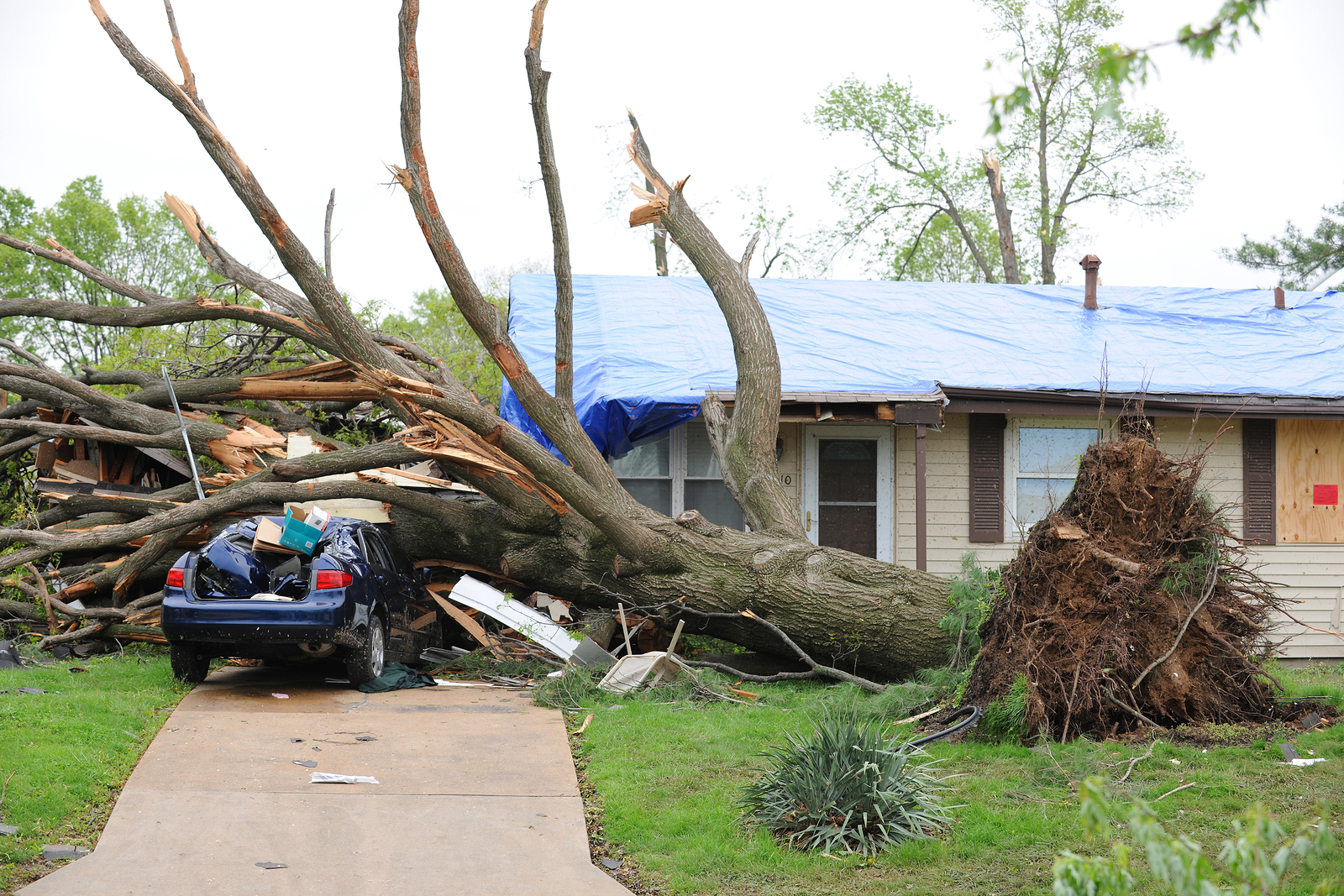
When a storm occurs, trees can sustain serious damage. The following tips will help you navigate storm-damaged trees safely and effectively. We’ll cover tools, safety measures, and cost. Before beginning, consider a few tips from tree care experts. If you’re planning to remove a storm-damaged tree, remember that it can be dangerous.
Hazards of storm damage tree removal
After a storm, homeowners may feel tempted to clean up the mess themselves, but it is better to hire a professional. Trees near power lines and overhead electrical wires create a multitude of hazards. In addition, tree cutting and storm tree removal Orlando, FL options are minimal if there are power lines nearby. When removing trees, avoid attempting the work near power lines, and be sure to contact a tree service if you are unsure of the safety risks.
Severe weather can also cause a great deal of damage to trees. Dead, dying, or decayed trees are particularly vulnerable to damage by strong winds. If you have a tree that could become a hazard, consider having it removed before a storm strikes. If damage is extensive, your insurance company may cover tree removal costs.
Tools needed
When storms hit, trees and debris can fall. Fortunately, there are several tools you can use to do storm tree cleanup.
Chainsaws are the most common tools to cut down trees and other large branches. A saw is a preferred tool for cutting down trees, but you may also need a crane to remove large trees. Cranes are useful tools because they allow professionals to get to higher places safely. These tools can be used for trimming trees as well. And while they’re not strictly necessary for storm tree removal, they can help perform other tree maintenance tasks.
Safety precautions
It’s not uncommon to encounter dangers while removing storm-damaged trees, but certain precautions should be observed to keep everyone safe. While trees provide many benefits to homes, they can also pose significant threats to people on the property. Homeowners can make their property safer from falling trees by addressing these concerns. For example, removing trees from properties prone to hurricanes or other strong storms can help prevent damage from falling trees.
After a storm, it’s imperative to inspect trees for injuries or wounds. If any limbs are broken or loose, they may be unstable and need professional attention. Even if there are no obvious signs of disease, it is essential to call a professional tree service company to ensure the safety of everyone. Also, a storm-damaged tree can lead to the death of a tree if it’s not adequately tended to.
Cost
Many homeowners try to remove storm-damaged trees themselves, assuming that hiring a professional would be too expensive. However, before attempting a storm-tree removal yourself, it is wise to review your homeowner’s insurance policy to determine whether it will cover the tree’s damage. While many policies cover damage to trees, others only cover the home itself or nearby structures.
First, call a tree service. Some companies may require you to pay a travel fee, ranging from $50 to $200. Other companies may charge you for the distance the tree must be removed. This may be less than $1 per mile, but you’ll likely need to pay more if you’re removing a large, complex tree. Also, if the tree has multiple trunks, it will cost more to remove, so make sure you know this before calling a tree removal company.

